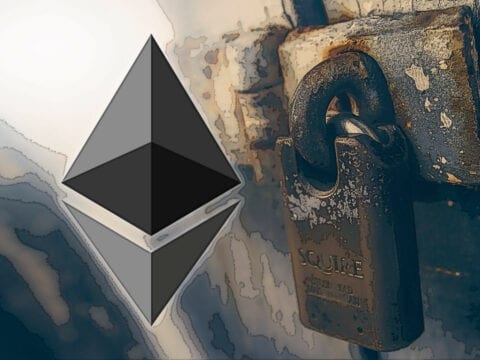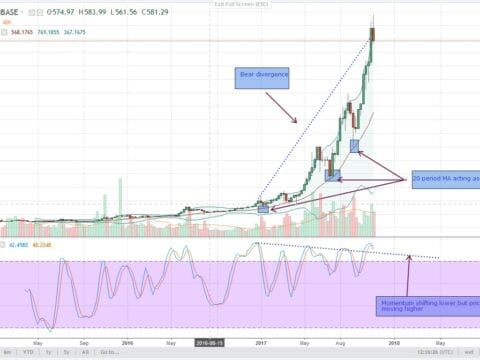
The Ethereum market suffered a setback a few days back when one of the major multi-sig wallets from Parity Technologies suffered a bug which led to the lockout of 500,000 ETH that is worth close to $150 million. The bug was already present in the Solidity code, which is the native language is which Ethereum is based, and a developer had activated the bug by mistake.
By activating it, the user accidentally became the owner of the multi-sig wallets and when the developer tried to delete the code in order to reverse this change, this bug was activated and locked out several multi-sig wallets. It would have been a major disaster had it not been for the fact that not many users use multi-sig wallets at this point of time.
But what this development does expose is the security flaws in the network and how prone it can be to hackers who want to create a mess. The fact that this lockout came about just a few weeks after a hacker stole $30 million worth of ETH does raise serious questions about the security of the wallets and the responsibility therein of the various developers in the network. Another point to note is that a bug fix was initiated to solve this issue and this bug fix had in turn led to another series of bugs which led to the current lockout of funds.
The only way that this lockout could be reversed is through a hard fork but this would require the consensus of a large number of developers in the Ethereum network and not many of them would favour the fork at this time, irrespective of the need for it. A similar scenario had played out during the $30 million DAO hack in 2016 but at that time, the fork was proceeded with as it was felt that it was important to do it for a new fledging network like Ethereum. It also led to the creation of a new cryptocurrency called Ethereum Classic and the migration of some developers and miners to this new crypto. The Ethereum developers would not want a repetition of this scenario again now and would expect this to trigger more awareness and responsibility within the developer network.
They also do not want to set an example by initiating a hard fork everytime there is an issue with the network. The better approach would be to wait and see if they can combine several such bug fixes and fund lockout so that a single hard fork every 2 years or so would help to resolve the issues and keep the network under control.
“We are analyzing the situation and will release an update with further details shortly,” Parity said in a security alert and in a later message said that the funds were simply locked out and not moved anywhere and hence are likely to remain where they are, with no one having access to it.
The response of Parity Technologies to this development has also led to a bit of concern among the network as they tended to blame the observers for not finding this bug earlier and also blamed the lack of incentives for observers to find out such errors. This shifting of responsibility and blame is likely to bring some rumblings among the developers.
Despite all these rumblings and setbacks, the ETH prices seem to have found another wind and have moved higher through the $300 region as the bitcoin market grapples with the cancellation of the hard fork and this has made some investors to move from the BTC market to ETH.





